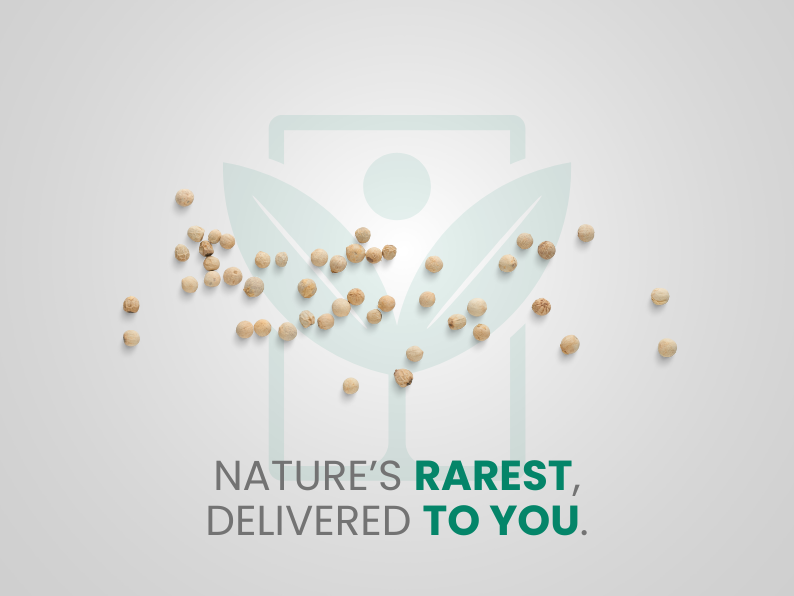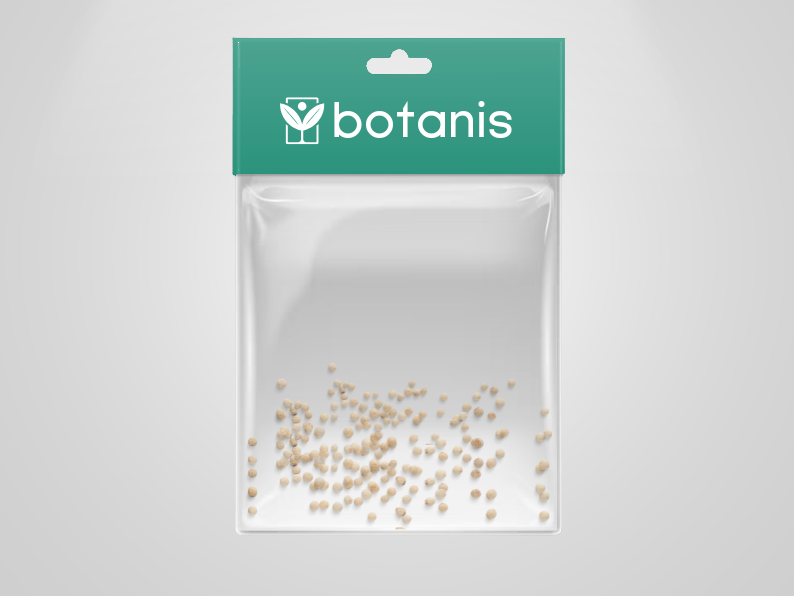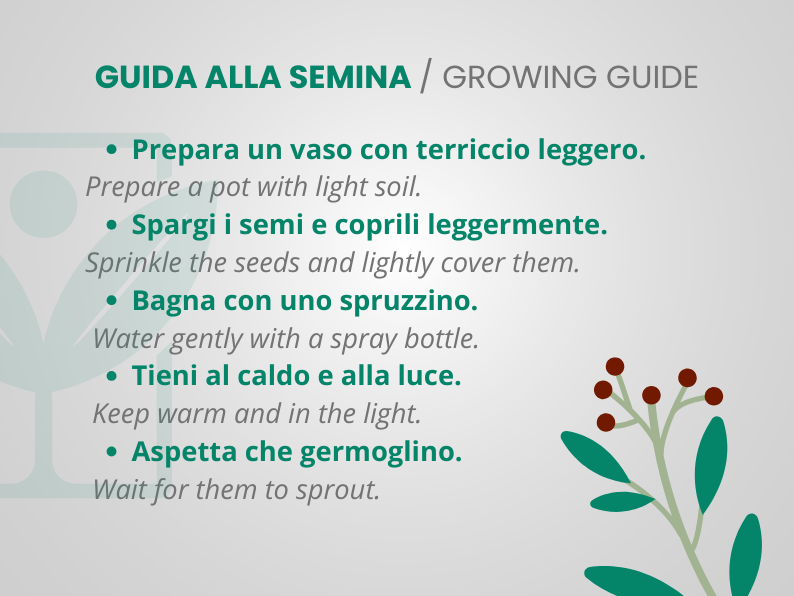10 seeds of FICUS ALTISSIMA - FICO seeds rare - high quality selected seeds - top plant
Shipping time: 3-5 business days
Use code " BOTANIS10 " for a 10% welcome discount!
Free shipping: on orders over €39!
Couldn't load pickup availability

Description
FICUS ALTISSIMA, 10 SEEDS
The species is native to Bhutan, China (Guangdong, Guangxi, Hainan and Yunnan), Philippines, India, Indonesia (Celebes, Java and Sumatra), Andaman Islands, Nicobar Islands, Malaysia, Myanmar, Thailand and Vietnam, where it grows in tropical forests up to about 2000 m above sea level.
Ficus altissima is an evergreen tree up to about 30 m tall with a trunk 1 m in diameter or more and smooth, greyish-brown bark; the young branches are green, pubescent, about 1 cm in diameter; it often produces aerial roots and secondary trunks. The leaves, on a robust petiole 2-10 cm long, are alternate, ovate to ovate-elliptical in shape, 10-25 cm long and 8-12 cm wide, with an entire margin and obtuse or acute apex, leathery, bright green on the upper side, lighter on the lower side, with a pair of V-shaped basal veins and 5-7 pairs of yellowish lateral secondary veins; stipules (appendages at the base of the leaf that have the main purpose of protecting it during the initial growth phase) deciduous, lanceolate, 2-3 cm long, pubescent.
The inflorescences are syconia, or cavities with fleshy walls that completely enclose the flowers, accessible from an apical opening enclosed by 3 tiny scales (typical example those of the common fig, Ficus carica). The syconia are axillary, sessile, usually produced in pairs, globose or ellipsoid, 1.7-2.8 cm long and 1.3-2 cm in diameter, initially pubescent, then glabrous, yellow to red in colour when ripe, with female and male flowers simultaneously present in the syconium. For fruiting, the presence of a pollinating insect is necessary, as is known, each species of Ficus is associated with a specific insect of the Agaonidae family (in our case Eupristina altissima Balakrishnan & Abdurahiman, 1981), which in turn can reproduce only if the species of Ficus to which it is associated is present; the tiny fruits (achenes) contain a single seed.
Locally the aerial roots are used to make ropes. Contact with the milky sap can cause allergic reactions in particularly sensitive individuals.
SOWING AND CULTIVATION TIPS
Fill a container with the peat mixture.
Sow the seeds on the surface of the mixture. Do not cover, the seeds need light to germinate. Always keep the soil moist.
Place the container outdoors in full sun or partial shade if temperatures are above 24/25 degrees. If temperatures are too low, keep the container indoors under artificial lights.
Keep the soil moist, do not let it dry out. Germination occurs between 15 and 90 days.
Transplant the seedlings into individual pots when the leaves are well developed.







